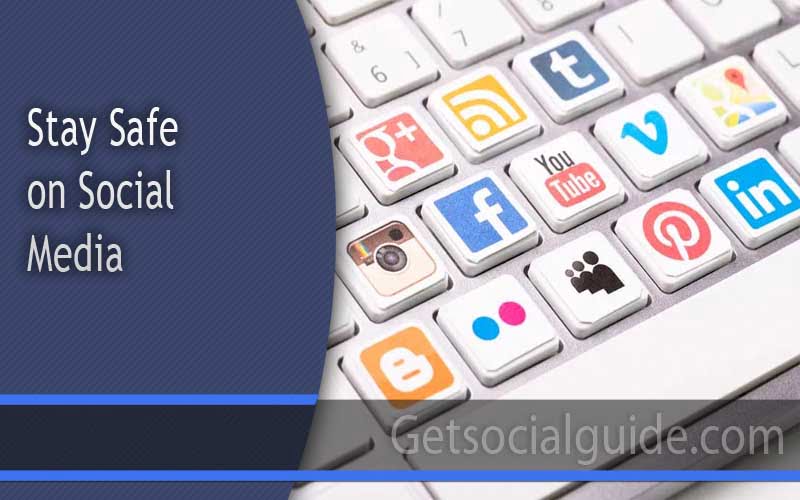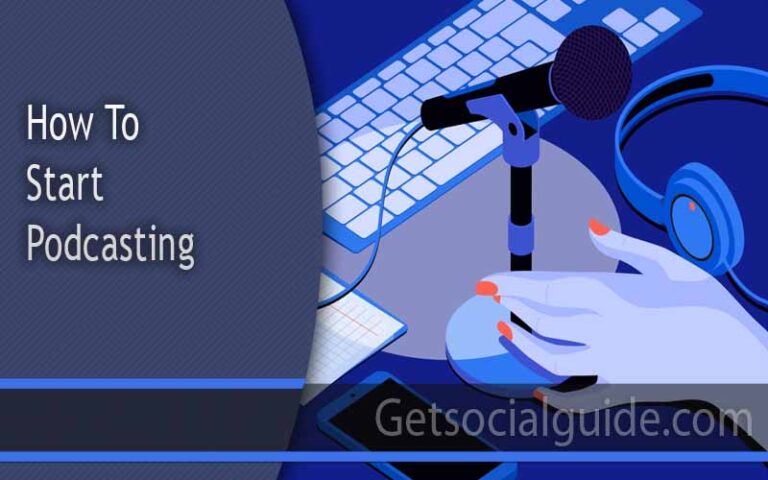Social media has become an integral part of people’s daily life. It can be a great way to stay connected with friends and family, but it also comes with some risks. With so much personal information shared online, it’s necessary to be aware of the potential dangers that lurk in the digital world and take steps to protect yourself and your data. This blog post will cover the main tips to help you stay safe on social media and protect your privacy. Whether you are a novice user or an experienced social media professional, these tips will help you stay secure and informed.

1. Keep Your Personal Information Private
Never share any sensitive information, such as your home address, phone number, or credit card details, with anyone online. Even if you think someone is trustworthy, there is no guarantee that they won’t misuse your information. Furthermore, be cautious when posting photos of yourself, your friends, and your family that are taken at your home or near it. If you wouldn’t want everyone to know something about you, don’t post it online. Also, avoid oversharing details about your life on social media, as this could give people an easy way to target you.
2. Don’t Accept Friend Requests from Strangers
If you receive a friend request from someone you don’t know, be wary of accepting it. Cybercriminals often use fake profiles to lure victims into giving away personal information or engaging in malicious activity. If the profile has little or no content and few friends, it’s likely a scammer.
Check out their profile before accepting the request. If the profile is someone you recognize, but you’re not sure why they request to be your friend, reach out to them directly and ask them how they know you. They may have simply heard about you through a mutual friend and want to connect. Staying safe on social media requires vigilance and common sense. If you receive a friend request from a stranger, take the time to look into it before accepting it.
3. Be Careful About What You Post
When it comes to public posts, it’s important to avoid posting personal information such as addresses, phone numbers, or other identifying details. Anything posted publicly can be seen by anyone, including malicious actors. Posting too much information about yourself can leave you vulnerable to identity theft, harassment, or other security threats. It’s also essential to be aware of potential legal consequences for your posts. What you say online can have serious ramifications in the real world, so take time to consider whether your posts could be misinterpreted or cause offense.
Additionally, some employers may monitor their employee’s social media accounts, so think twice before posting anything that could reflect poorly on you or the company you work in. Finally, be aware of what others are posting about you. If someone posts a photo or comment you are uncomfortable with, contact them and ask them to take it down. You can also use privacy settings to control who can see your posts and photos.
4. Don’t Click on Unknown Links
Clicking on unknown links can be one of the most dangerous activities you can do on social media. Unscrupulous scammers may use malicious links to spread viruses, spyware, or even steal your personal information. If a link looks suspicious, don’t click it, and don’t share it with anyone else.
Additionally, if you receive an email or message with a link, make sure you know who it’s coming from before you click. If you know the scammer’s phone number, it makes the whole process easier because you can find out who it is. Enter the phone number into the search bar on PhoneHistory, and the name will pop up. Don’t trust messages that ask you to download something, even if it is from a trusted source. Be wary of shortened links as well. Links that have been shortened can take you to unknown websites and may contain malicious content. Use a website such as CheckShortURL or ScanURL to check the legitimacy of a link before you click it.
5. Use Two-Factor Authentication
Two-factor authentication (2FA) is important for staying safe on social media. With 2FA enabled, you will be required to enter a unique code sent to your phone or email to log into your account. This helps to ensure that only you have access to your account, even if someone obtains your password. To enable two-factor authentication, go to the settings of the social media platform you’re using and look for the 2FA option. You can also find instructions for setting up 2FA through the website of the platform you’re using. Once enabled, keep your authentication codes secure, as these are the only way to access your account if you lose your device.
6. Don’t Reuse Passwords
One of the biggest mistakes you can make when protecting your online accounts is reusing the same password repeatedly. While it may be easier to remember one password than dozens, it’s far too easy for a malicious actor to gain access to multiple accounts if they can guess or obtain that single password. Always use a unique password whenever you create a new social media account.
Using a password manager can also help ensure your passwords are unique and secure. When creating passwords, it’s important to avoid using personal information such as your name, birthdate, or names of your relatives or pets. Try using random combinations of numbers and letters, or better yet, use a password generator. Additionally, make sure you use long passwords with at least 8 characters, and consider using a combination of upper and lowercase letters, numbers, and special characters.
7. Monitor Your Privacy Settings
Staying safe on social media means understanding and controlling who can see your information. To do that, you’ll need to check and adjust your accounts’ privacy settings. Each social media platform has different ways of managing your privacy settings. While some platforms have a single setting to protect your data, others have more detailed options. Take the time to read the site’s privacy policy and ensure you understand how it works. Here are some steps to take when monitoring your privacy settings:
- Check what personal information is visible on your profile page. Ensure that the information you want to keep private is hidden from other users.
- Adjust the settings to limit who can view your posts and messages. You can make them visible only to your friends or a select group of people.
- Review what third-party applications you’ve permitted to access your data and remove any that you don’t trust or recognize.
- Check what personal data you share with advertisers, such as demographic information or interests. This data can be used to target ads, so ensure it’s accurate and relevant.
- Ensure that your account is not set to “public,” which allows anyone to access your information.
By regularly reviewing your privacy settings and ensuring they’re up-to-date, you can ensure that only people you trust can access your personal data. Doing so will help keep you safe on social media.
Wrapping Up!
Staying safe on social media can be difficult. Still, it’s important to remember that it’s up to you to take the necessary steps to protect your privacy and personal information. The above tips can help you do this.



